Hair has always been more than hair—it’s attitude, identity, and a little bit of rebellion.
From flapper finger waves to disco curls that could stop traffic, the most unforgettable styles weren’t just trends.
They were declarations.
Of freedom. Of style. Of who ran the world—at least in that moment.
Each decade left behind its own signature look, bold enough to steal the spotlight and soft enough to linger in memory.
These 21 vintage hairstyles didn’t just shape heads.
They shaped entire generations.
So buckle up.
You’re about to travel through time—one iconic style at a time.
Big hair. Sleek waves. Victory rolls.
Every look has a story, and every story still turns heads today.
Ready to feel inspired?
The Flapper Bob

The Flapper Bob emerged in the 1920s, symbolizing freedom and rebellion. Women cut their hair short, embracing the new cultural shift.
This style, sleek and chin-length, was often adorned with glamorous accessories.
The bob was a bold statement against traditional femininity. It reflected the daring spirit of the flapper era, a time when women sought independence.
This elegant yet defiant look still inspires today, echoing a century-long legacy of empowerment and style.
Victory Rolls
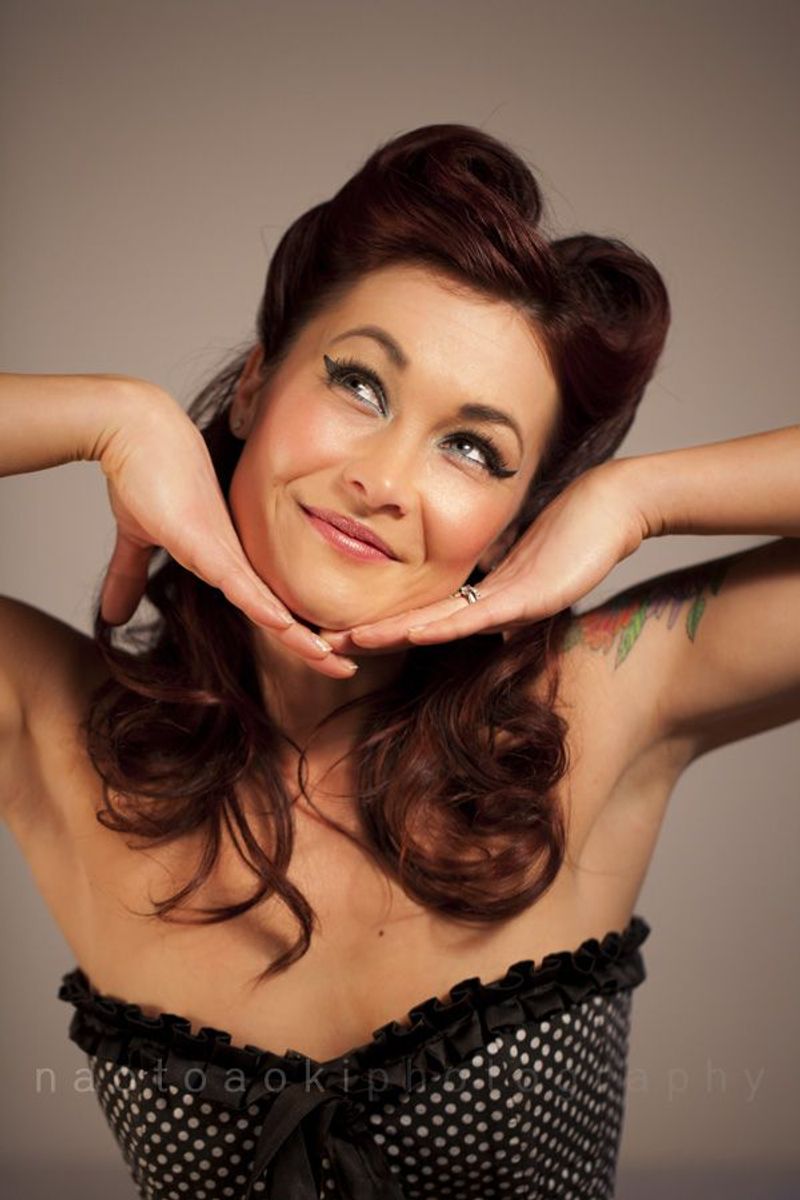
Victory Rolls became a symbol of femininity during WWII. Women styled their hair in rolls, demonstrating both elegance and support for the war effort.
These intricate rolls framed the face beautifully, adding glamour to everyday life. They were practical yet sophisticated, reflecting the resilient spirit of the 1940s.
This hairstyle remains a cherished vintage icon, celebrating the strength and grace of women during wartime.
The Beehive
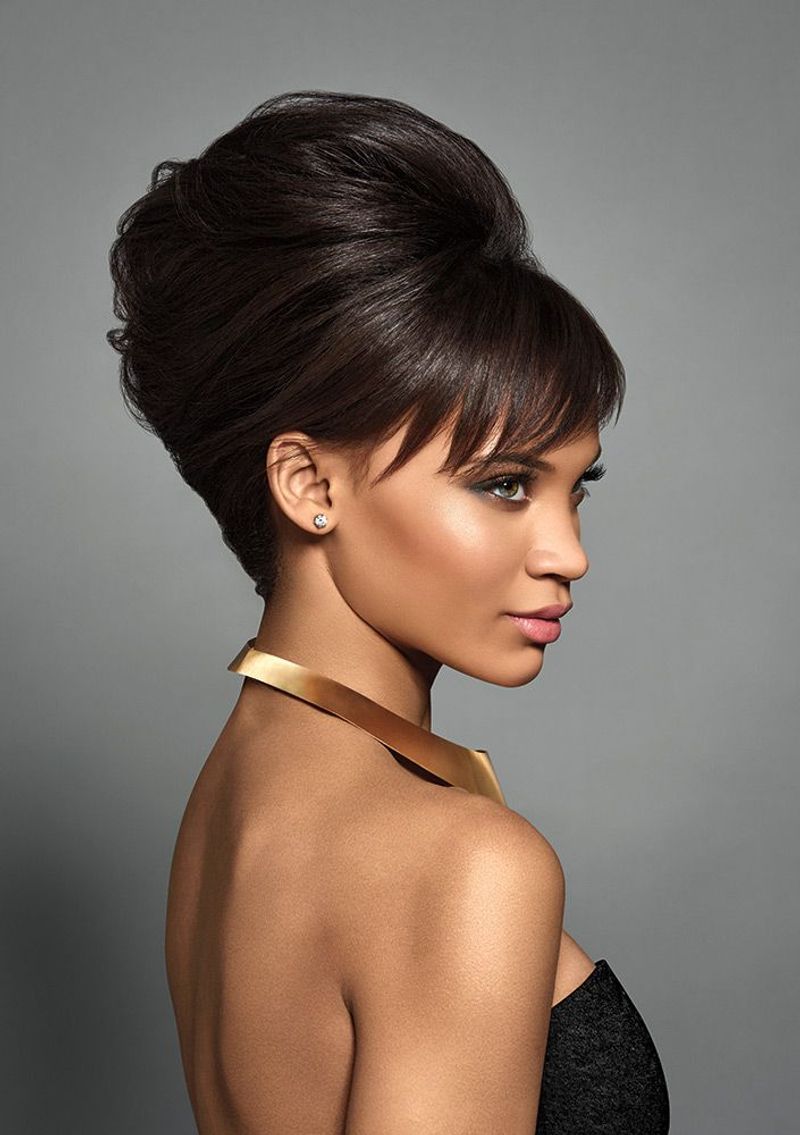
The Beehive, towering and dramatic, defined the 1960s. This voluminous style was a favorite among fashion-forward women, reflecting the era’s bold style.
Created by teasing hair into a dome shape, it showcased creativity and flair. The Beehive was not just a hairstyle; it was a statement of confidence.
Today, it remains an iconic symbol of retro glamour, evoking memories of an age of change and experimentation.
Pageboy Haircut
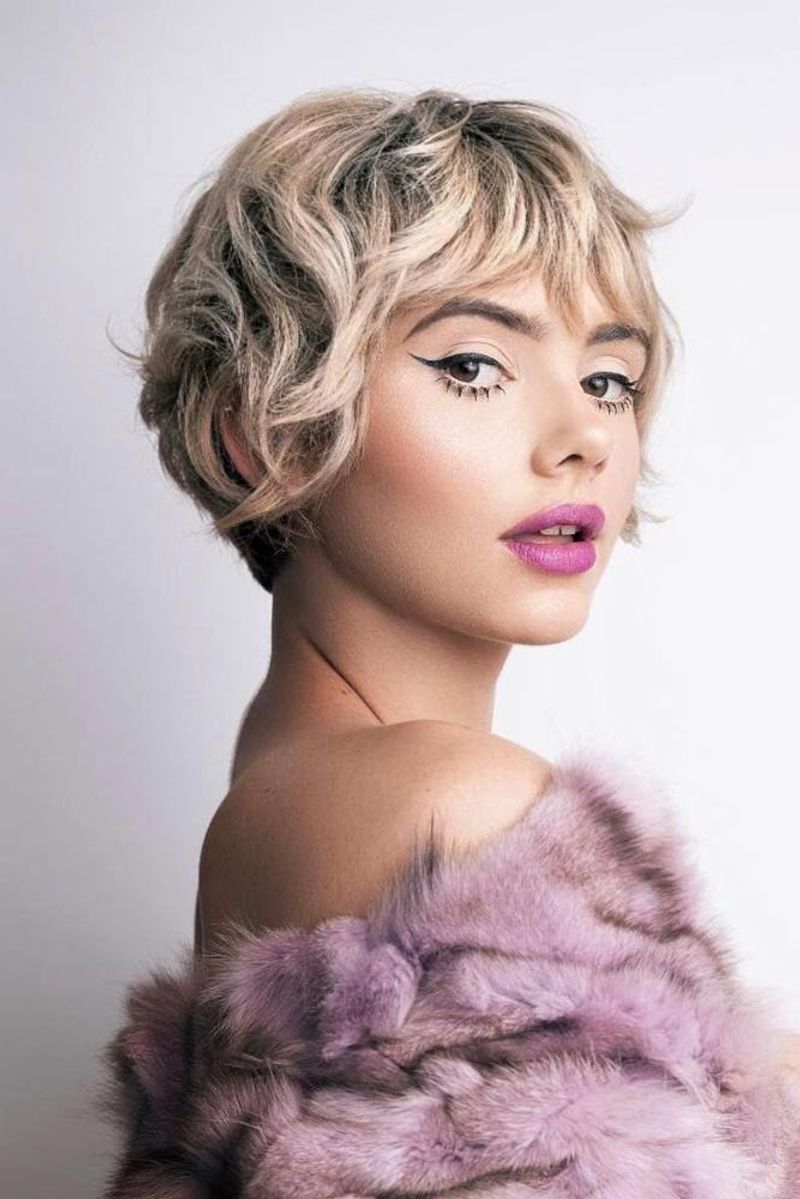
The Pageboy haircut, sleek and smooth, rose to fame in the 1950s. Its straight lines and curled under ends created a polished look.
Popular among young women, it exuded sophistication and modernity. This haircut was easy to maintain, perfect for school or social events.
The Pageboy continues to charm with its timeless appeal, a reminder of an era that valued simplicity and elegance.
Pompadour

The Pompadour, with its high, voluminous front, became popular in the 1950s among men. It exuded a rebellious, rock ‘n’ roll vibe, championed by icons like Elvis Presley.
This hairstyle required meticulous styling, often using pomade to achieve its signature height and shine.
The Pompadour remains a staple in men’s fashion, its retro charm and bold attitude continuing to inspire modern adaptations.
Afro
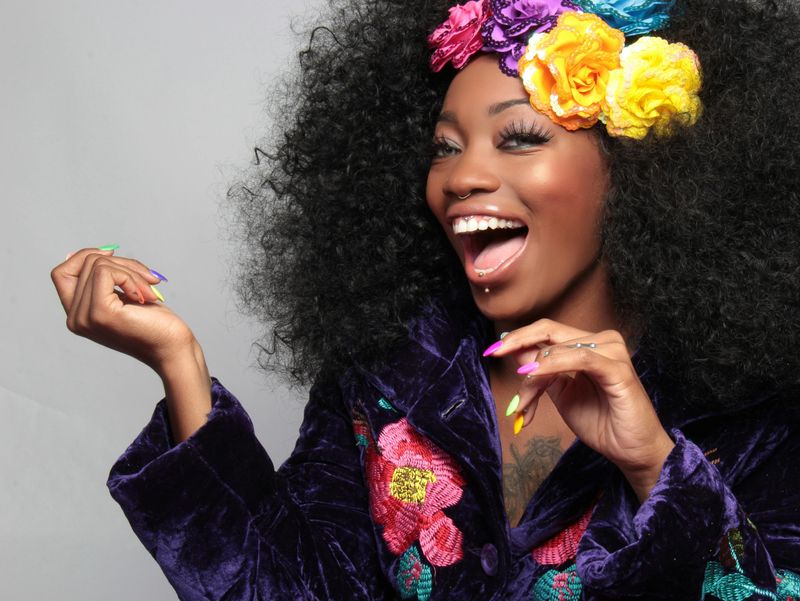
The Afro exploded in popularity in the 1960s and 70s, becoming a powerful symbol of black pride and cultural identity. Its natural, full shape defied societal norms of beauty.
This hairstyle was more than fashion; it was a statement of empowerment and authenticity. The Afro celebrated natural hair, rejecting conformity.
Today, it endures as a symbol of individuality and cultural heritage, embraced by those seeking to honor their roots.
Marcel Waves

Marcel Waves, elegant and intricate, became a sensation in the 1920s and 30s. Created with a special iron, these waves added sophistication and glamour to any look.
Named after hairdresser Marcel Grateau, this style was favored by Hollywood stars and socialites, reflecting the opulence of the era.
Marcel Waves are still celebrated for their timeless elegance, a tribute to a bygone era of classic beauty.
The Shag
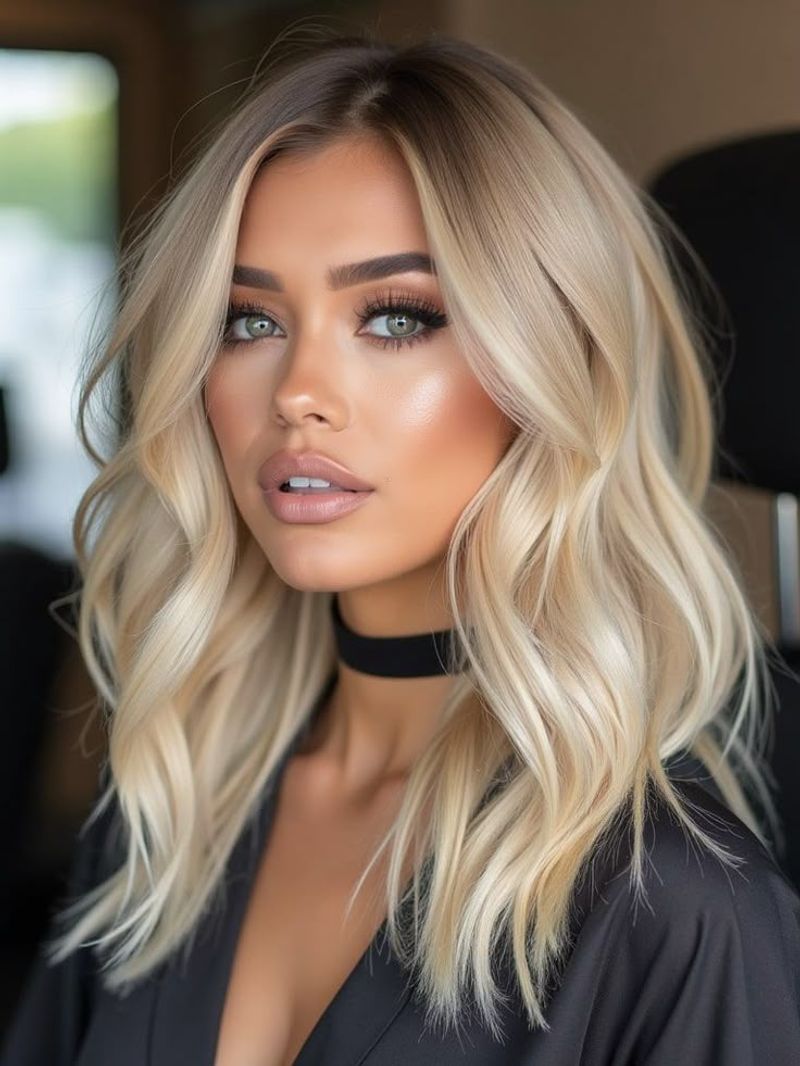
The Shag, characterized by its layered, tousled look, emerged in the 1970s. It epitomized the carefree, bohemian spirit of the time.
This versatile style suited various hair types and lengths, offering a playful, edgy appearance.
The Shag’s influence continues, embraced by those seeking a relaxed, effortlessly chic vibe, reminiscent of an era of artistic freedom.
Finger Waves
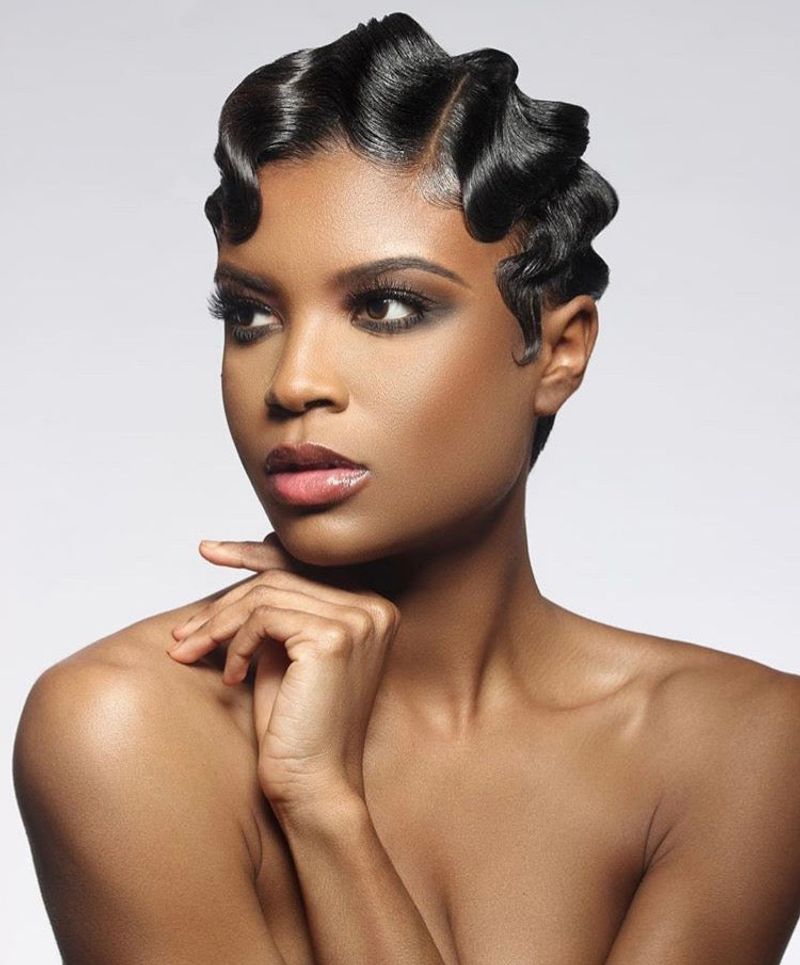
Finger Waves, soft and sculpted, became iconic in the 1920s and 30s. Created by molding hair into waves, this style added grace and femininity.
Popular among flappers and Hollywood actresses, Finger Waves embodied the elegance and glamour of the Jazz Age.
This hairstyle remains a classic, celebrated for its intricate beauty and historical significance, evoking the charm of a bygone era.
Bouffant

The Bouffant, with its dramatic height and volume, took the 1960s by storm. This style, favored by First Lady Jackie Kennedy, symbolized sophistication and poise.
Created by teasing hair and adding volume at the crown, it was both glamorous and striking.
The Bouffant’s influence persists, admired for its elegance and association with an era of cultural change and innovation.
The Flip
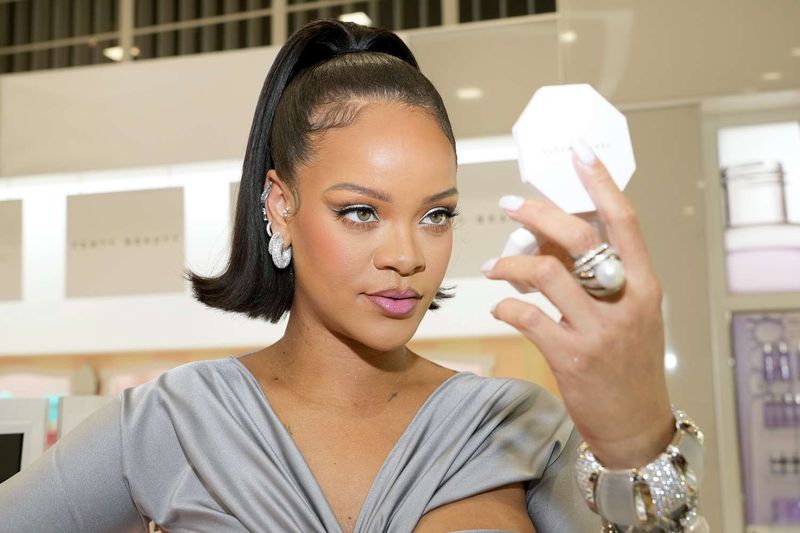
The Flip, flirty and fun, became popular in the 1960s. This style featured hair that was turned outward at the ends, creating a playful silhouette.
It’s an easy-to-maintain look, perfect for the youthful energy of the era. The Flip was both chic and approachable.
Today, it continues to inspire with its bold, retro flair, a nod to an age of optimism and youthful exuberance.
Slicked Back

The Slicked Back hairstyle, with its polished and refined appearance, gained popularity in the 1930s and 40s. This style exuded sophistication and class.
Achieved with pomade or gel, the Slicked Back look was favored by businessmen and movie stars.
Its timeless elegance remains a staple in men’s grooming, a testament to its enduring appeal and versatility.
Pixie Cut
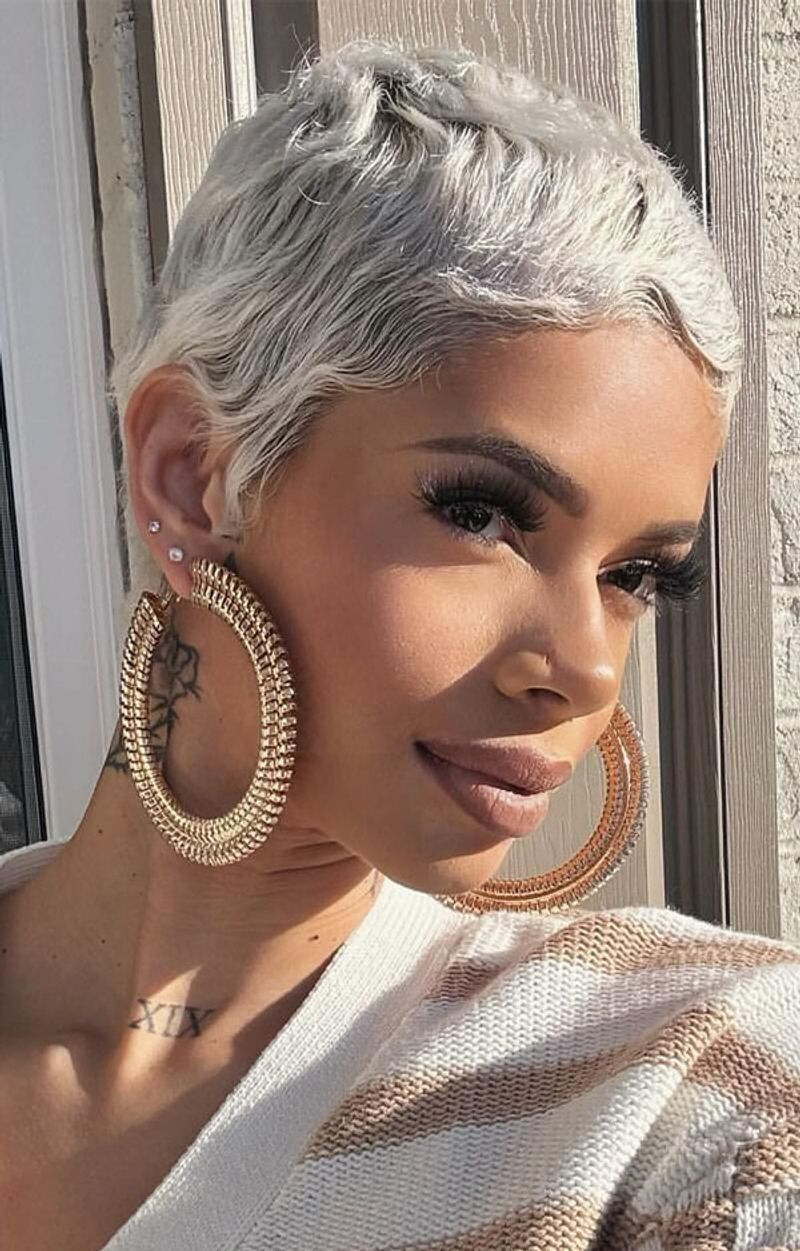
The Pixie Cut, bold and daring, made waves in the 1960s. This short style was a favorite among fashion icons like Twiggy, embodying a modern, avant-garde vibe.
Its low-maintenance nature and striking appearance made it popular among women seeking a change from traditional long styles.
The Pixie Cut remains a symbol of independence and innovation, admired for its chic and fearless spirit.
Ducktail
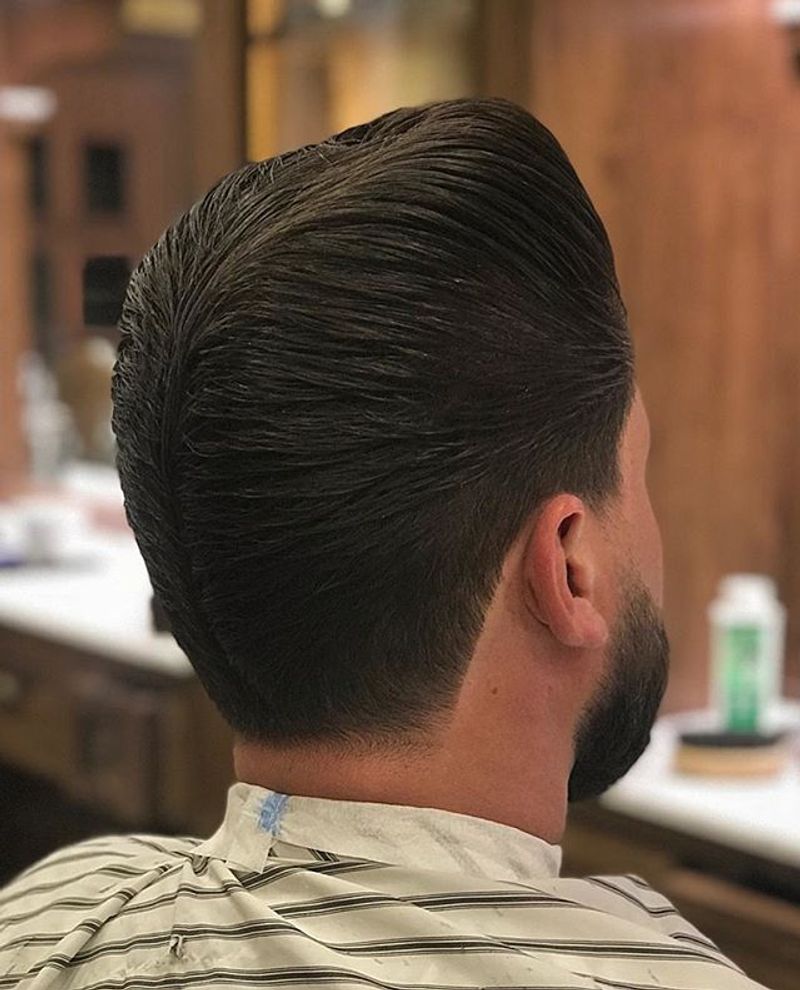
The Ducktail, with its smooth, sleek lines, became synonymous with 1950s youth culture. This style, also known as the “DA,” was characterized by hair combed back and meeting in the middle.
Popular among young men, it exuded a rebellious, rockabilly vibe, often paired with leather jackets.
The Ducktail’s retro appeal continues to charm, a nod to an era of youthful rebellion and rock ‘n’ roll.
The Mullet

The Mullet, with its “business in the front, party in the back” structure, became a defining look of the 1980s. This unique style was both practical and eye-catching.
Loved by rock stars and everyday individuals alike, the Mullet offered versatility and personality.
Though often viewed with nostalgia, the Mullet remains a cultural touchstone, celebrated for its quirky charm and defiant individuality.
Curtain Bangs

Curtain Bangs, with their soft, parted look, rose to popularity in the 1990s. This hairstyle framed the face beautifully, offering a relaxed, approachable appearance.
Favored by celebrities and fashion enthusiasts, Curtain Bangs provided a fresh, youthful vibe.
This style continues to inspire, cherished for its effortless chic and adaptability, reminiscent of an era of innovation and cultural shifts.
Liberty Spikes
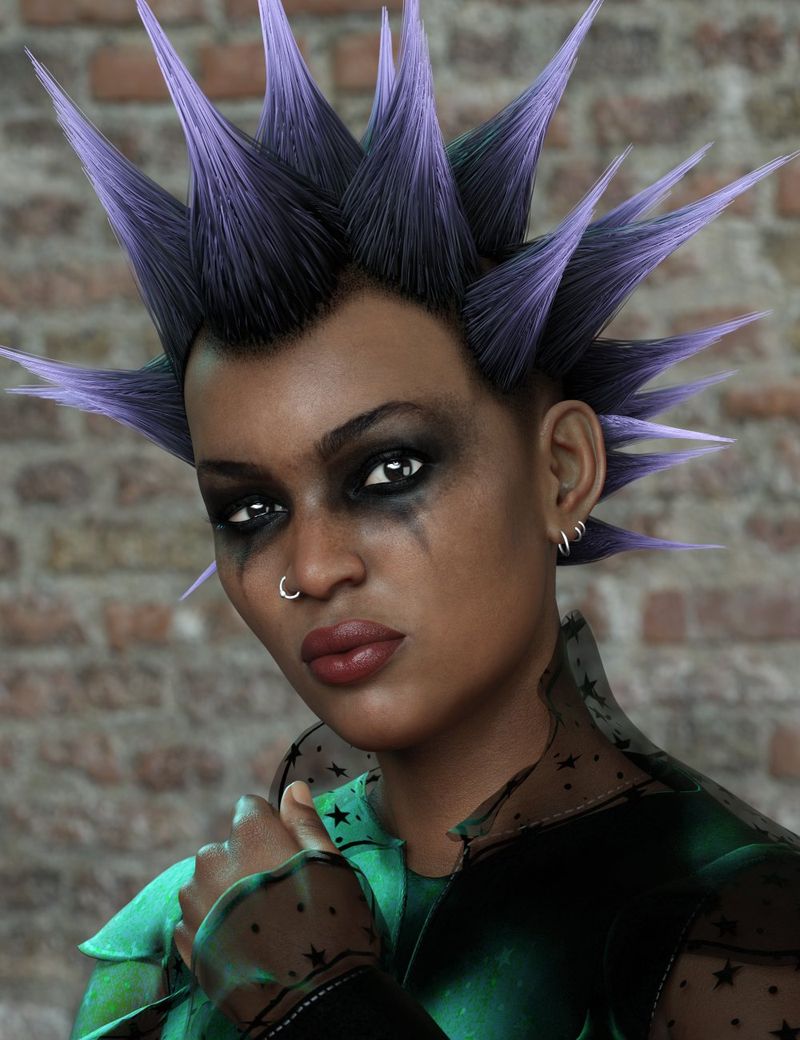
Liberty Spikes, with their bold, vertical appearance, became a punk staple in the 1980s. This daring style required significant styling effort and creativity.
A symbol of rebellion and non-conformity, Liberty Spikes challenged societal norms with their striking silhouette.
Though unconventional, they remain a vivid reminder of the punk movement’s influence and the era’s countercultural spirit.
Rockabilly Pin-up
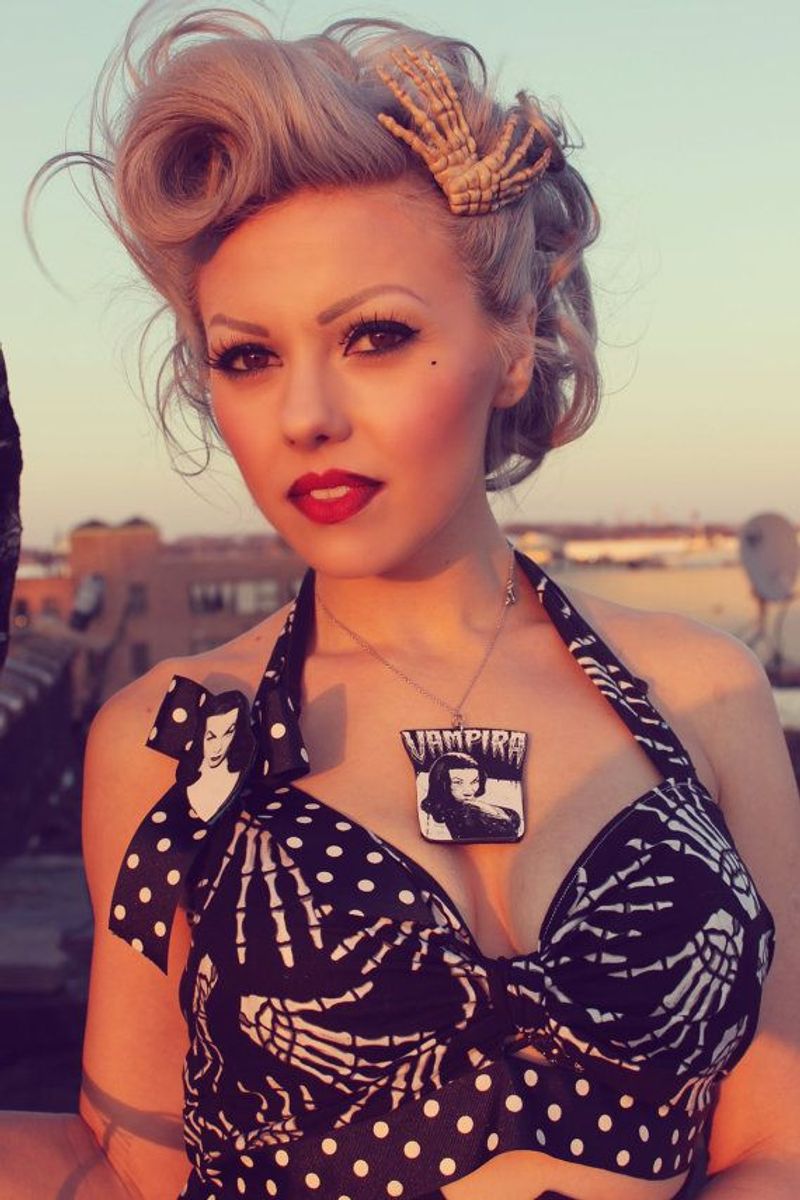
With a flair for the dramatic, the Rockabilly Pin-up hairstyle is an ode to the rebellious spirit of the 1950s. This style, featuring bold curls and playful accessories, exudes a sense of fun and daring adventure.
Popularized by icons like Bettie Page, it captures the essence of rock ‘n’ roll and the burgeoning youth culture. Its vibrant energy and unapologetic charm make it a standout among vintage hairstyles.
Today, it continues to inspire those looking to embrace a bold and retro aesthetic, celebrating individuality and self-expression.
Cornrows
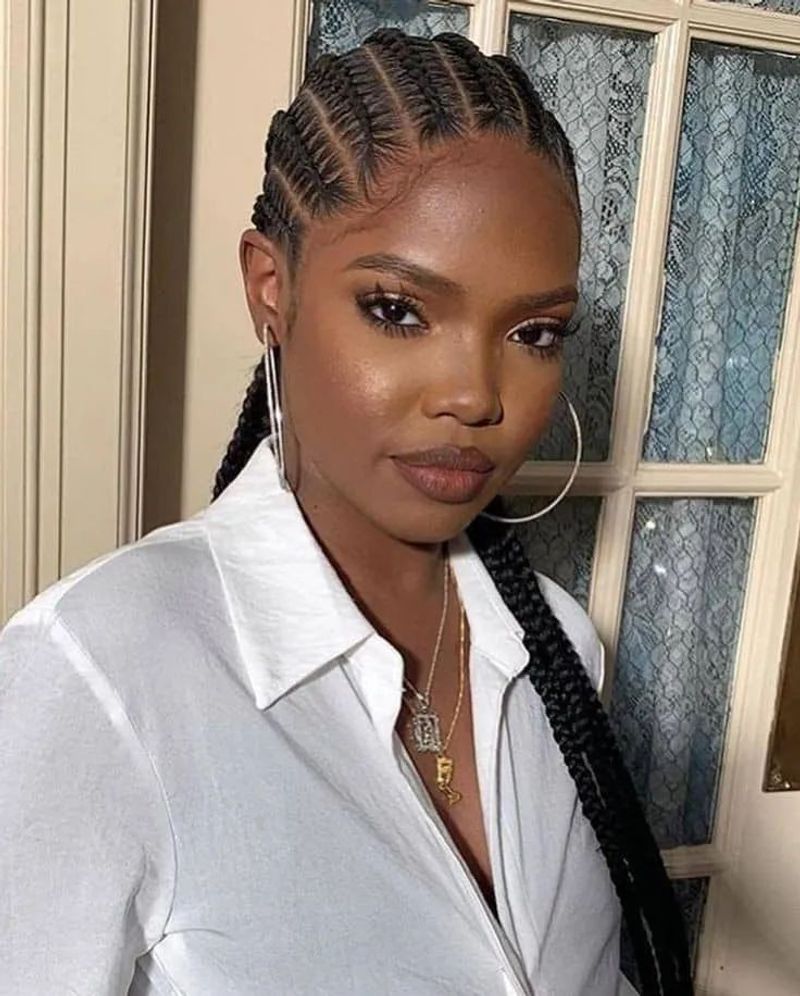
Cornrows, an intricate and cultural hairstyle, have roots that trace back thousands of years in African history. This style involves braiding hair close to the scalp, creating geometric patterns.
Not just a fashion statement, Cornrows carry cultural significance and artistic expression. They symbolize community, heritage, and identity.
In modern times, Cornrows continue to be embraced worldwide, celebrated for their beauty and deep cultural roots.
The Mohawk
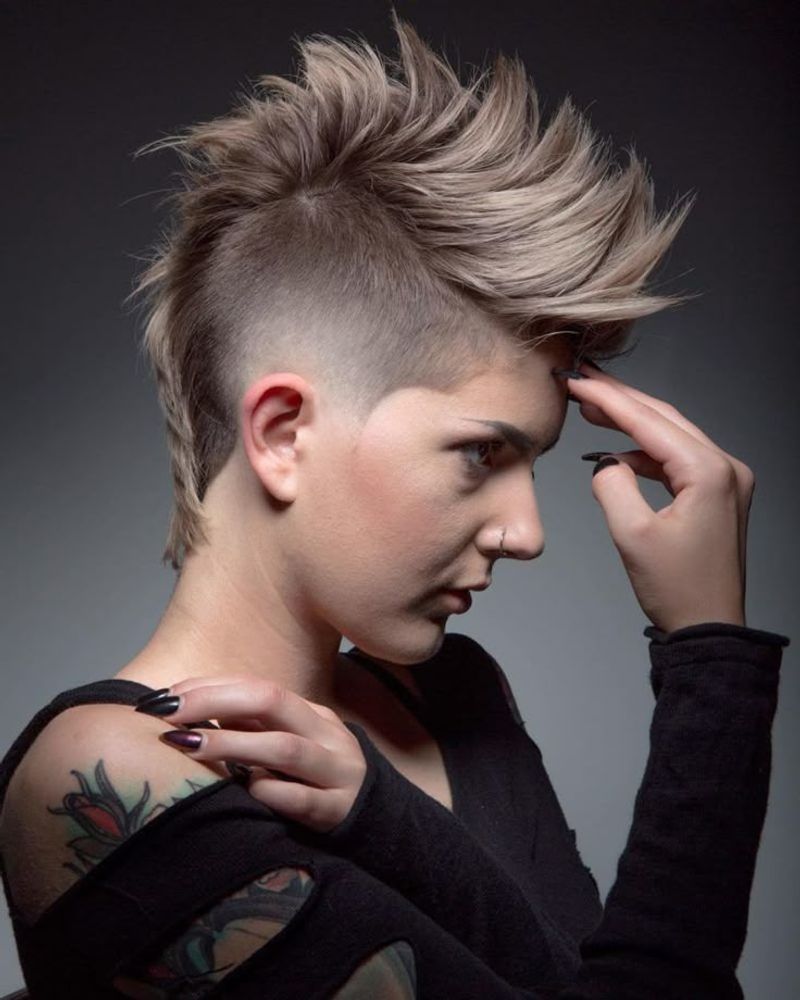
The Mohawk, a bold and daring hairstyle, has been worn as a symbol of rebellion across cultures. Its shaved sides and central strip of hair stand out dramatically.
This hairstyle became iconic within punk culture, representing individuality and defiance.
Though often seen as unconventional, the Mohawk’s striking appearance and rich history continue to captivate and inspire.
The Rachel
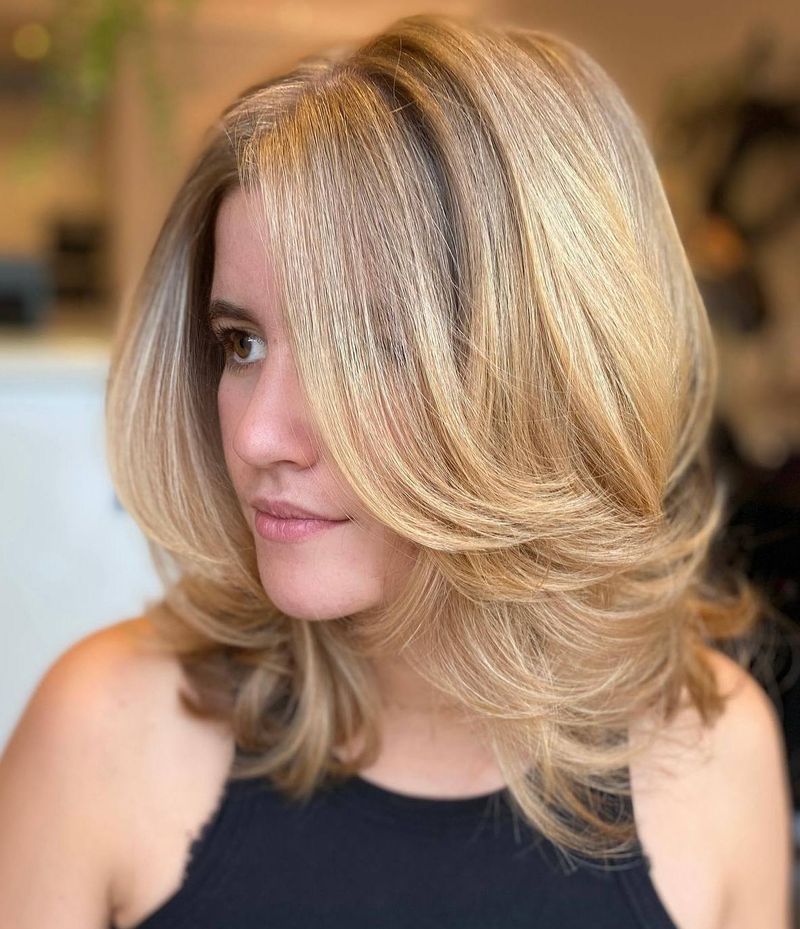
“The Rachel,” made famous by Jennifer Aniston in the 1990s, became one of the most sought-after hairstyles of the decade. Its layered, bouncy cut framed the face perfectly.
This style captured the essence of 90s fashion, offering a blend of sophistication and playfulness.
Even today, “The Rachel” remains a beloved classic, a reminder of an era that embraced both simplicity and style.
